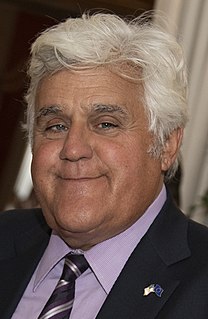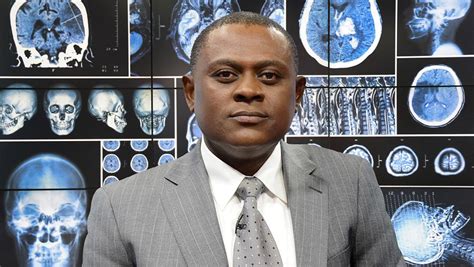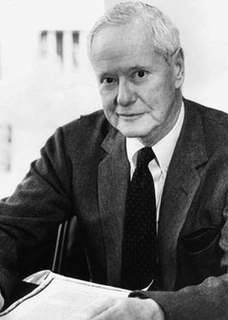A Quote by Jeanne Marie Laskas
Omalu first found the tau 'threads' in the brain of former Steeler Mike Webster in 2002 and published his findings in 2005, in the journal 'Neurosurgery.'
Related Quotes
When I read Mike Webster's file before I began his autopsy, I knew he was more than a 50-year-old heart attack victim. His file and the television reports of the death of the former Pittsburgh Steelers center described a long, steep fall into bizarre behavior. I suspected he suffered from some sort of brain disorder.
In Milly Barranger, Margaret Webster has found the perfect biographer. In Margaret Webster, Milly Barranger has found her perfect subject. She brings to vivid life a fascinating and important theater figure whose public and private lives were of equal interest. In this carefully researched book, Webster's colleagues, lovers, and friends shine as brightly as she did. I wish she were here to read it.
Only when he has published his ideas and findings has the scientist made his contribution, and only when he has thus made it part of the public domain of scholarship can he truly lay claim to it as his own. For his claim resides only in the recognition accorded by peers in the social system of science through reference to his work.
It may act as an ancillary factor, but by itself, the mutation in tau doesn't give you Alzheimer's disease. This is not to say the tau is not very important. It may be important in propagating the disorder from one cell to another. But as a causal mechanism, the evidence is strongest for beta amyloid abnormalities.
I was first published in the newspaper put out by School of The Art Institute of Chicago, where I was a student. I wince to read that story nowadays, but I published it with an odd photo I'd found in a junk shop, and at least I still like the picture. I had a few things in the school paper, and then I got published in a small literary magazine. I hoped I would one day get published in The New Yorker, but I never allowed myself to actually believe it. Getting published is one of those things that feels just as good as you'd hoped it would.
I regret that my coauthors and I omitted statistically significant information in our 2004 article published in the journal Pediatrics. The omitted data suggested that African American males who received the MMR vaccine before age 36 months were at increased risk for autism. Decisions were made regarding which findings to report after the data were collected, and I believe that the final study protocol was not followed.

































